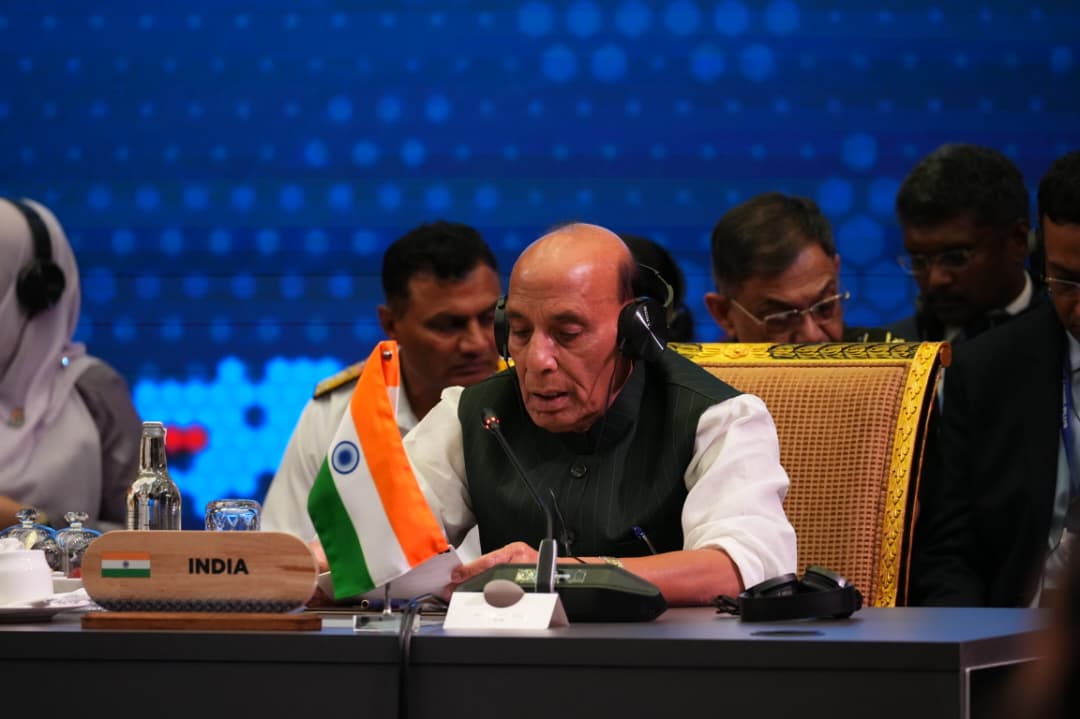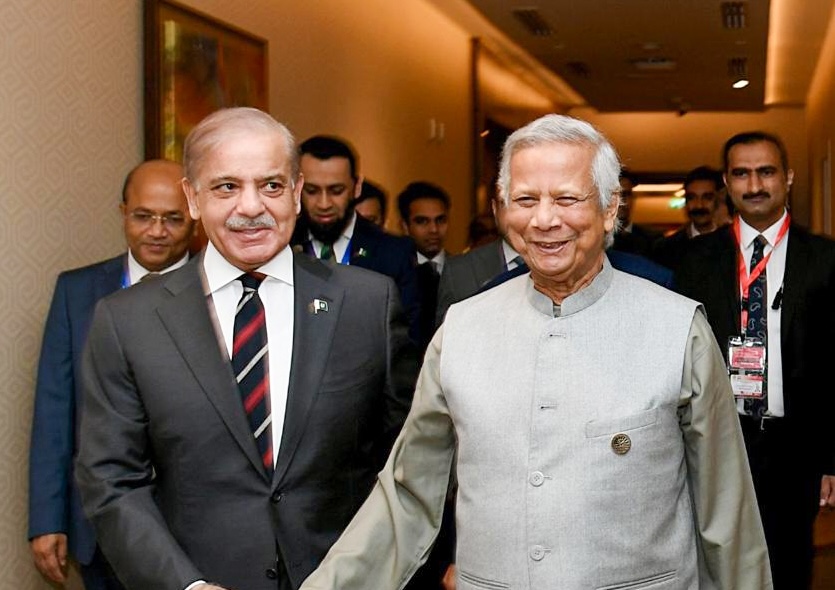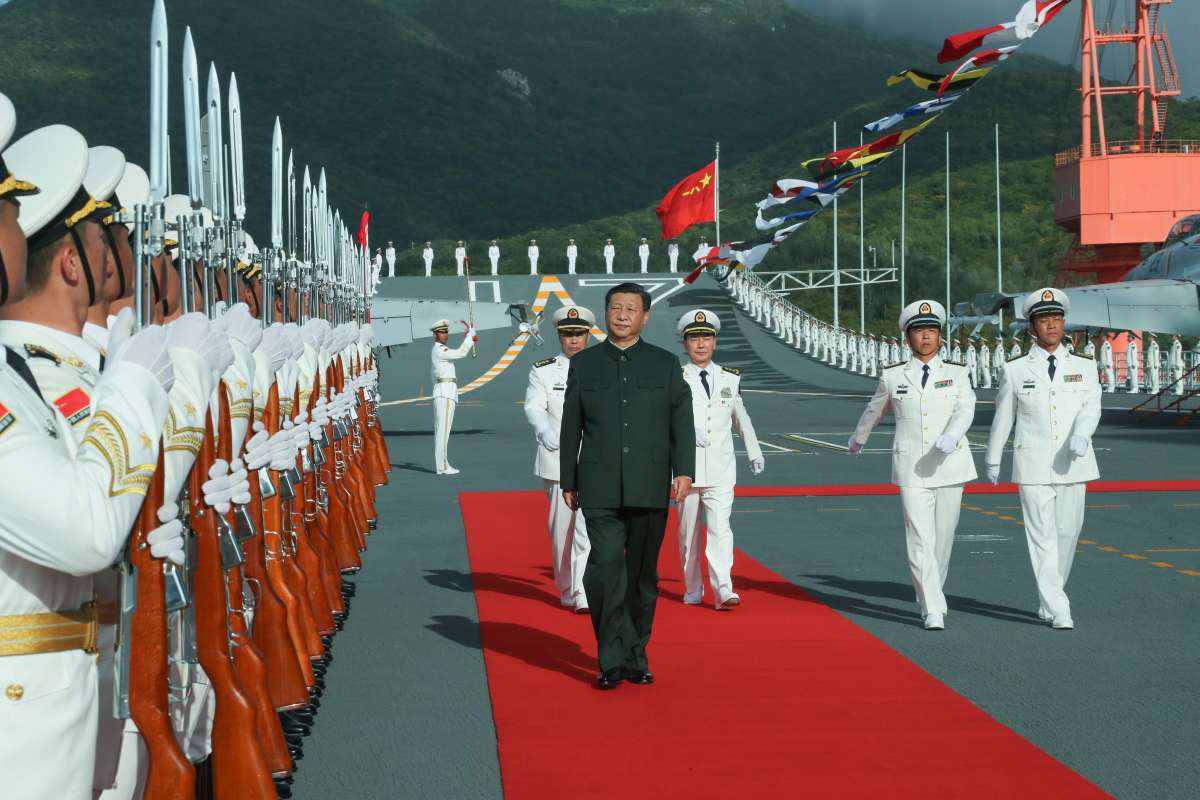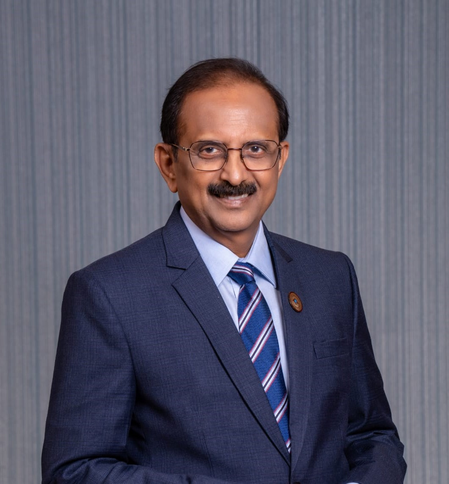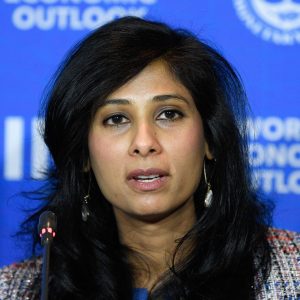By 2035, emerging markets will contribute about 65 per cent of global economic growth…reports Asian Lite News
Among the key emerging markets, India is poised to be the fastest-growing major economy over the next three years and the third largest globally by 2030, a global report showed on Thursday.
Emerging markets will play a crucial role in shaping the global economy over the next decade, averaging 4.06 per cent GDP growth through 2035, compared with 1.59 per cent for advanced economies, according to a report by S&P Global.
By 2035, emerging markets will contribute about 65 per cent of global economic growth. This growth will be driven mainly by emerging economies in Asia-Pacific, including China, India, Vietnam and the Philippines.
“Also by 2035, India will be cemented as the world’s third-largest economy, with Indonesia and Brazil ranking eighth and ninth, respectively,” the report mentioned.
India’s entry into JP Morgan’s Government Emerging Market Bond Index could provide additional government funding and unlock significant resources in domestic capital markets.
This is only a first step as investors will continue looking for improved market access and settlement procedures. India has also taken measures to improve its fiscal flexibility by boosting its capital expenditure, further supporting long-term growth, the report noted.
Emerging markets are setting long-term goals that tend to converge on establishing long-term growth targets. India, as established in ‘Viksit Bharat’ in 2047, aims to become a $30 trillion economy from the current $3.6 trillion by 2047.
“India, Indonesia and Brazil have made improvements relative to their peers and have the momentum to ascend over the next decade. India boasts high momentum in policy favourability, while Brazil and Indonesia made gains in resource availability (labour and financial capital),” the S&P Global report stressed.
India, Mexico and Vietnam are among the emerging markets that could benefit from supply chain relocation given their relatively mature manufacturing sectors and strategic trade ties with the US and other developed markets.
The report further stated that to compete with developed economies’ government support for local manufacturing and the use of rules of origin to secure their economic interests, emerging markets such as India, Malaysia and Indonesia have successfully attracted investment and boosted exports by leveraging their unique value propositions.
“India is on a similar path, leveraging its domestic market and innovative support mechanisms for manufacturing in higher-tech industries,” it added.
India’s expansion in electronics has, thus far, followed an assembly-to-component strategy, using tariffs and production-linked incentives to draw investment in the manufacturing of smartphones and other network-connected devices.
The sheer scale of sales opportunity in the Indian market has also provided “in-market, for-market” justifications for investments in manufacturing in the country, the report emphasised.
India’s consumer spending on goods is worth $1.29 trillion in 2024, S&P ‘Global Market Intelligence’ forecasts show.
The acceleration in growth is particularly marked in export industries such as apparel (9.5 per cent in the next five years), household equipment including appliances and electronics (8.8 per cent in the next five years) and transport equipment (8.5 per cent in the next five years).
Aside from manufacturing for local sales, the contracted electronics manufacturers also export products, particularly smartphones, driving 44 per cent annual growth in telecom equipment exports from 2015 to 2024.
“The key to success is for governments to establish policies to upskill workforces both generationally (schooling) and in the short term (incentives for workplace education) and to reduce the ‘brain-drain’ effects of high-skill worker emigration,” the report suggested.

India’s Garment Exports Defy Headwinds
India’s readymade garment (RMG) exports recorded high growth of 17.3 per cent despite global headwinds and continued inflationary pressure, the Apparel Export Promotion Council (AEPC) said on Thursday.
The RMG export growth in India comes as even major apparel exporting countries have witnessed a slowdown in the RMG export growth in recent months.
“India is uniquely placed with the advantage of low import dependence, existence of the entire ecosystem from fibre to fashion, abundant and young labour force and, therefore, scope for growth is unlimited,” said Sudhir Sekhri, Chairman, AEPC.
RMG exports for the month of September increased by 17.3 per cent as compared to September 2023.
The cumulative RMG exports for the April-September period was $7505.1 million. showing a growth of 8.5 per cent over April-September 2023-24, as per the government data.
During the April-August period, the RMG exports to the US registered 9.7 per cent growth, the UK 6.1 per cent, Germany 7.2 per cent, Spain 16 per cent and the Netherlands, 27.8 per cent.
Growth has been witnessed in free trade agreement (FTA) partner countries too, with exports to South Korea registering a jump of 17.3 per cent, Japan 8.5 per cent, Australia 9.3 per cent, Mauritius 13 per cent, etc.
“Quite clearly, FTA partner countries are now paving the way for RMG market expansion and growth,” said Mithileshwar Thakur, Secretary General, AEPC.
AEPC will conduct international roadshows in Spain and New York this month to showcase the best of trade, technology and tradition.
The Indian apparel exports are on a high-growth trajectory.
“We have started harnessing the untapped potential and have been logging impressive double-digit growth in RMG exports in the past few months, despite geo-political challenges and supply chain disruptions. It will not be an exaggeration to say that the entire world has started looking at India as a preferred sourcing destination,” Thakur emphasised
ALSO READ: Key Markets Thrive in Festive Boom



